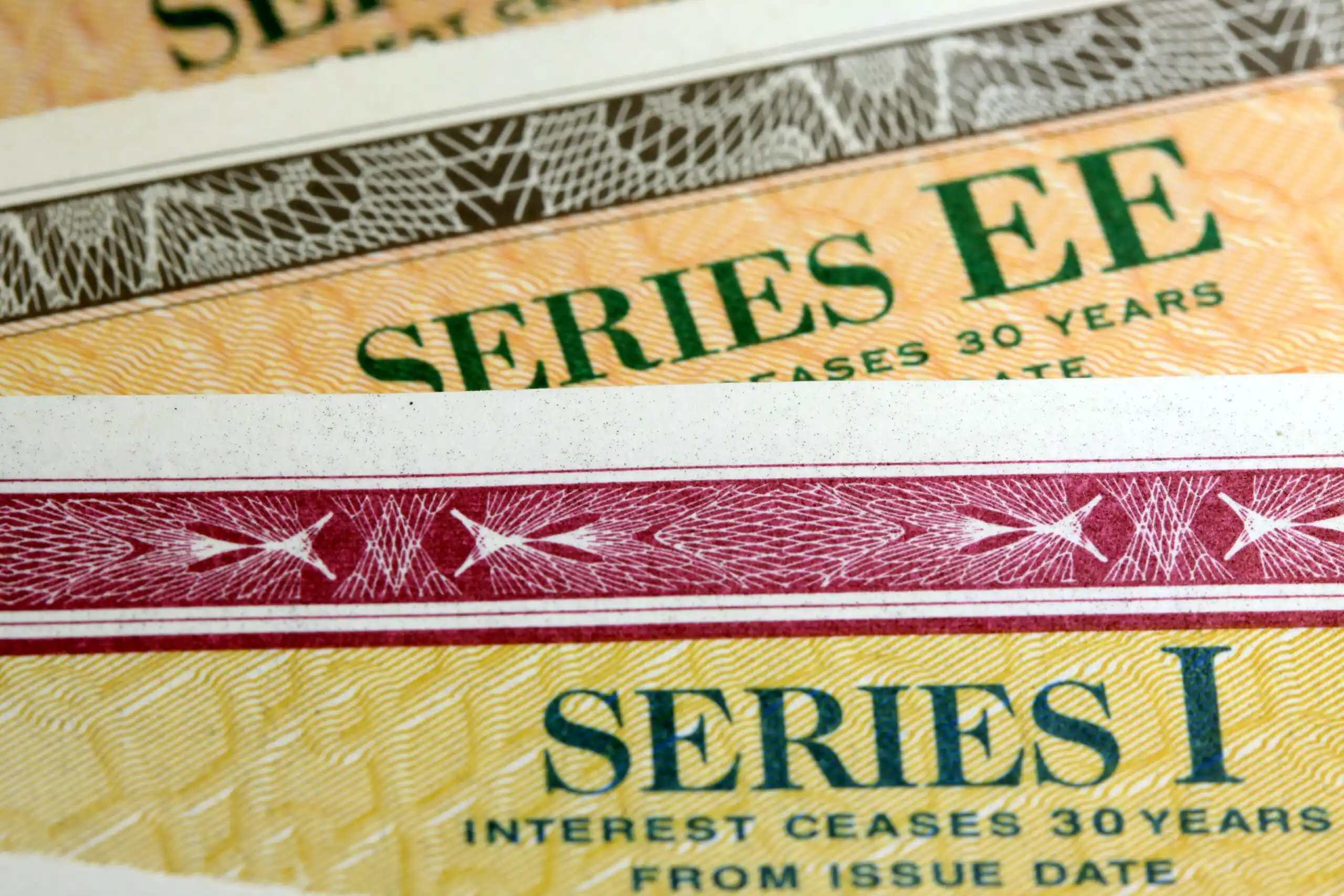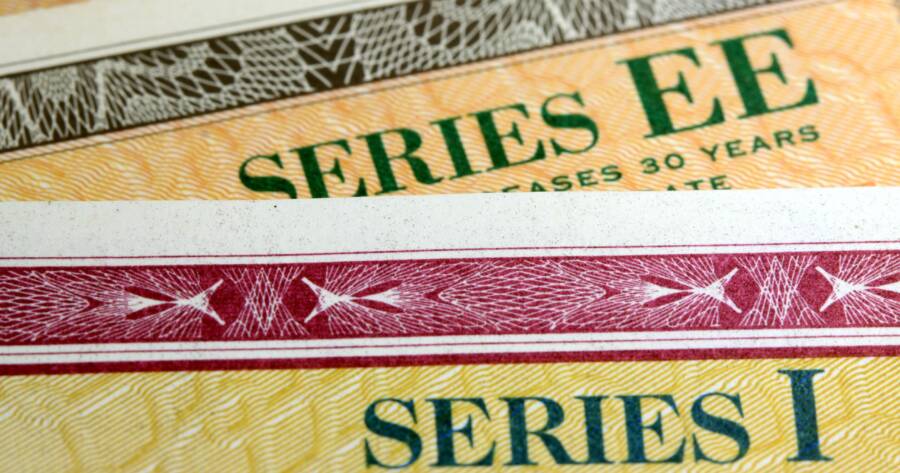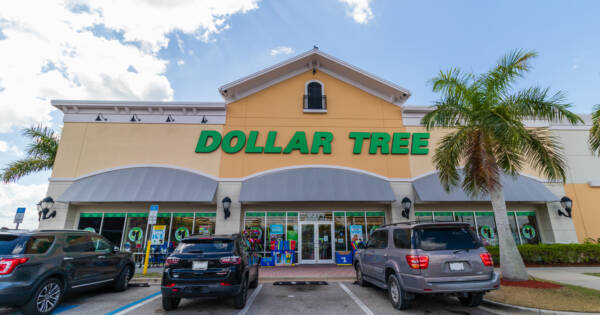Savings bonds continue to be a popular investment among Americans. They are viewed as a safe, stable and low-risk investment vehicle. Typically, savings bonds are issued by the U.S. Treasury. That backing from the U.S. government makes them among the most secure investments in the world. Savings bonds are technically a form of federal government debt. When you buy a savings bond, you’re lending money to the federal government. There is an agreement that the government will replay the loan, with interest, within a set time period. So let’s talk about how to cash savings bonds — and everything else about them too.
The Basics
There are several different types of U.S. savings bonds. Some are no longer issued, but could still be earning interest or accruing value. Some savings bonds are actually so old that they no longer earn interest or gain value. These should be redeemed for cash as soon as possible. There’s no further value to build. Other savings bonds can be redeemed for cash at any time. However, the bondholder might not receive the full cash value if they decide to redeem the savings bond before a certain period of time.
It’s important to understand how savings bonds work, when they mature, and how much interest they can accumulate. Before we talk about how to cash in savings bonds, let’s talk a bit about the different types.
Types Of Savings Bonds
There are several different types of U.S. savings bonds that have been issued over the years. As we mentioned, some are now discontinued. That doesn’t mean you can’t maintain ownership of a now-defunct bond, though. It still has value. Currently, there are two types of savings bonds sold by the U.S. Treasury: Series EE and Series I. Older series include Series E (also known as War Bonds) and Series HH bonds.
Series EE Bonds
Series EE Savings Bonds are sold electronically via the TreasuryDirect website. They earn a fixed rate of interest. Bonds sold in 2020 are paying an interest rate of 0.10% and are sold at “face value.” That means you buy a $100 bond for $100 of cash. Before 2012, EE savings bonds were issued on paper and were sold at half the face value. For example, you could buy a bond for $100 and it would be worth $200 when redeemed after a certain period of time.
Series EE bonds earn interest for 30 years (or until the bond is redeemed for cash). You must hold onto it for at least one year before redeeming it though. If you redeem the bond before five years, you have to forfeit the previous three months’ worth of interest. After five years, there are no penalties for redeeming the bond.
Series I Bonds
Series I Savings Bonds are also sold electronically on TreasuryDirect. However, they can also be purchased in paper form by using an IRS tax refund. The interest rate on Series I bonds comes in two parts. First, there’s a fixed interest rate that is available at the time the bond is purchased. There’s also an inflation rate that is calculated twice a year. Series I bonds bought in 2020 are currently paying an interest rate of 1.06%.
In addition to the aforementioned bonds, there several other types of older series savings bonds. One example is the Gulf Coast Recovery Bonds. They were issued through 2007 to help fund relief efforts after Hurricane Katrina. Similarly, Patriot Bonds were issued through 2011 to help provide financing for antiterrorism activities following the 9/11 attacks. These bonds are no longer sold by the U.S. Treasury. However, they may still be earning interest or have cash value.
Understanding The Worth of a Savings Bonds
The value of a savings bond depends on numerous factors. That includes what type of bond it is, when it was issued, and whether it was sold at face value or as a percentage of face value. If you own a savings bond that was purchased electronically on TreasuryDirect, you should be able to see all the details about the value of the bond in your online account.
However, many people still own savings bonds that were issued on plain old paper. Those with older paper bonds can use the free calculator tool on TreasuryDirect to figure out the value of a particular bond. Just enter the bond’s series, serial number, denomination, and issue date, and it will provide the current value of the bond. Once you know how much the bond is worth, you can decide whether to redeem the bond for cash.
Here are some things to consider before redeeming a savings bonds.
- Has the bond fully matured? If the bond is no longer paying interest and has fully matured, then it may as well be cashed in for the money.
- Has the bond reached face value? Some bonds were sold at half of face value and can only be redeemed for full face value after a certain amount of time. It’s important to ensure that a bond is eligible to receive the full amount of cash before redeeming it.
- Will you have to pay a penalty? If a bond has only been owned for a few years, it may not be able to be redeemed without paying a penalty in the form of forfeiting a few months’ of interest.
How to Redeem Savings Bonds
There are a few different ways to redeem savings bonds. If savings bonds were purchased electronically, such as the Series EE or Series I, they can be redeemed online via TreasuryDirect. The money can be directly deposited to a checking or savings account within a few business days.
However, if you have a paper savings bond, redemption can be more complicated. Paper bonds can usually be redeemed at a bank or credit union. According to the U.S. Treasury Department, more than 95% of savings bonds are cashed in at local banks and credit unions. However, some older series of savings bonds cannot be redeemed directly at the bank or credit union.
For outdated bonds, you need to fill out a special FS Form 1522. Then send the firm to U.S. Treasury Department’s “Treasury Retail Security Services” team, along with a certified signature and direct deposit instructions.
Even if a bank or credit union cannot cash an older bond, they should be able to help you understand the process for redeeming the bond. They likely can certify your signature on a Treasury form, at least. If you’re not sure about your paper savings bond, start by going to your local bank or credit union.
Tax Implications
Interest income from U.S. savings bonds is subject to federal tax, but not state or local taxes. Depending on your overall tax situation, savings bond interest can be subject to federal or state inheritance tax, federal gift tax and/or excise taxes. Interest income from a U.S. savings bond can be reported to the Internal Revenue Service (IRS) after redeeming a bond for cash. As always, ensure you know your own tax liabilities to avoid triggering an audit.
The Bottom Line
U.S. savings bonds are one of the safest and most reliable investments available. While you might get a higher return from riskier investments, savings bonds are pretty much guaranteed by the U.S. federal government. Redeeming a bond is actually a pretty straightforward procedure. Like everything else these days, it’s primarily done online. However, older physical savings bonds can still be redeemed at a bank or credit union.
Keep in mind that the best time to redeem a savings bond is once it has earned its maximum amount of return. You can lose some of your value if you want to cash it in early. When it doubt about how to cash your savings bond, bring it to a bank and credit union. They can usually cash it for you — or at least direct your next steps.
 Shutterstock
Shutterstock







